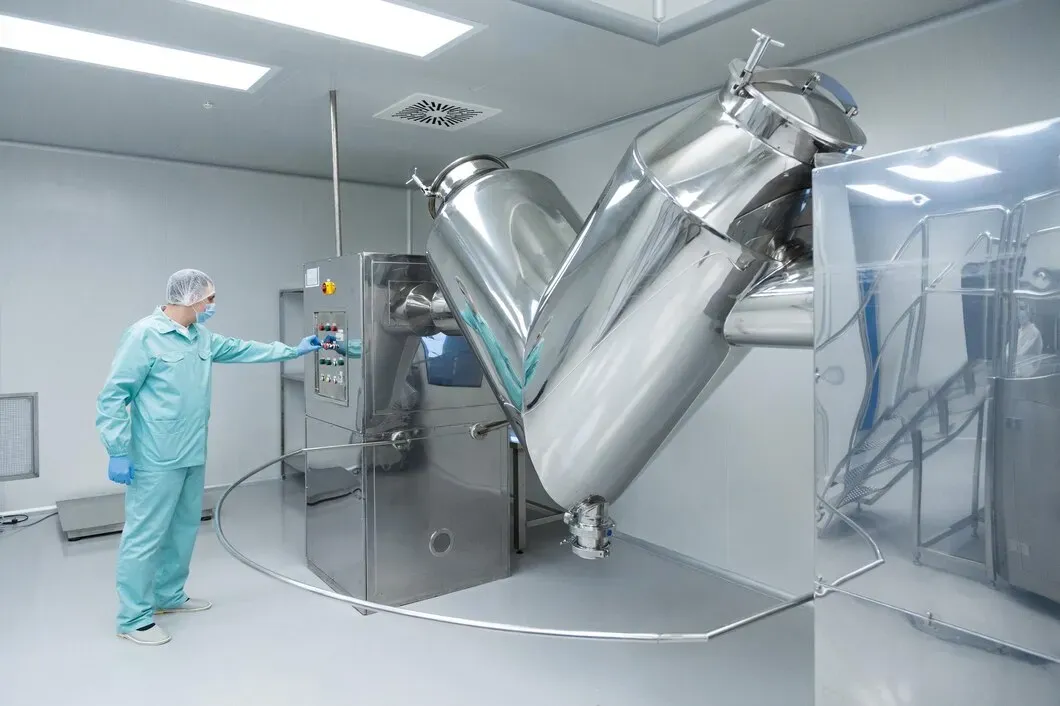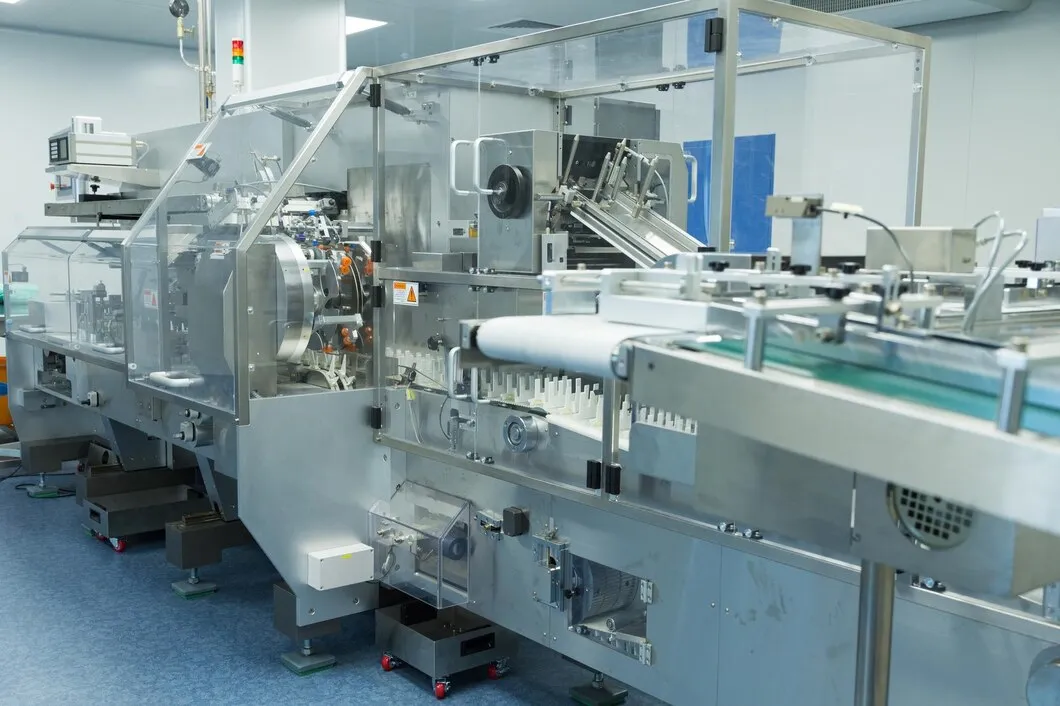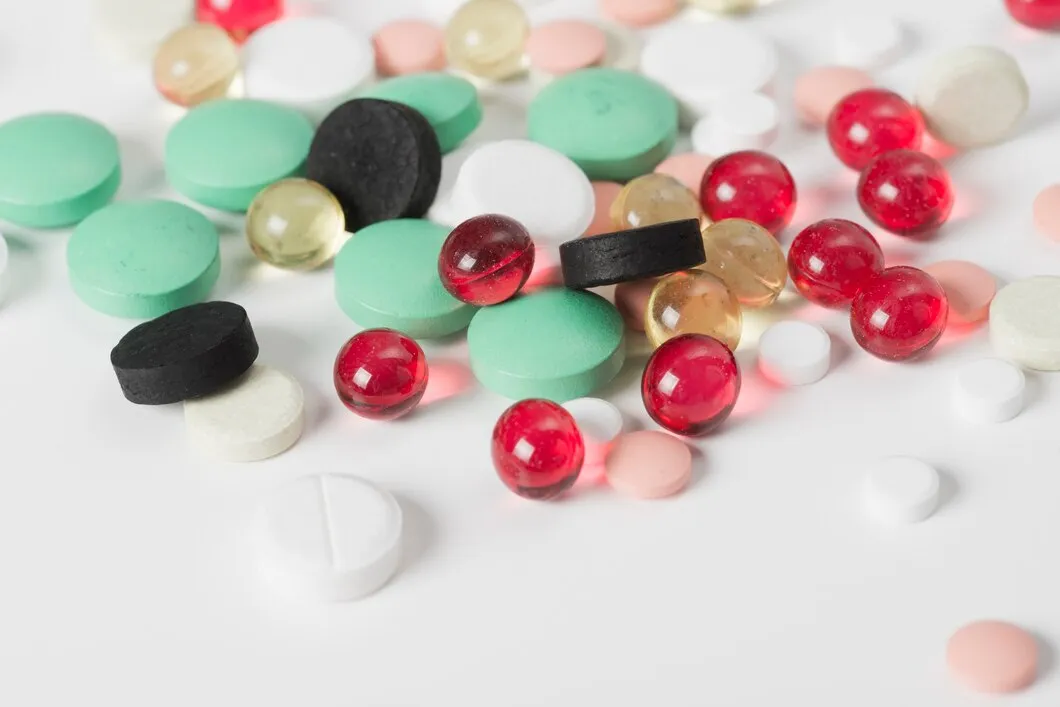Стоимость и время вывода нового препарата на рынок продолжают расти. В среднем разработка одного метода лечения занимает до десяти лет и миллиарды долларов. Чтобы оставаться конкурентоспособными, фармацевтические компании обращаются к искусственному интеллекту (ИИ), чтобы работать умнее, а не медленнее.
В этой статье мы рассмотрим, как ИИ и фармацевтика сотрудничают для ускорения исследований и разработок. Мы рассмотрим реальные случаи использования, преимущества, проблемы и что это значит для производители и партнёры в цепочке поставок.

Разработка лекарств всегда была сложной, но разрыв между инвестициями и результатами увеличивается. Фармацевтические компании сталкиваются с более низкой отдачей от НИОКР, более длительными сроками и возросшим давлением, требующим более быстрой доставки целевых терапий. По данным Deloitte, средняя отдача от НИОКР в 2024 году снизилась до 1.2%, даже когда затраты на разработку превысили $2.2 млрд за лекарство.
ИИ предлагает способ обратить эту тенденцию вспять. Он помогает командам быстрее обрабатывать данные, снижать зависимость от проб и ошибок и выявлять лучших кандидатов на лекарства на ранних этапах разработки. Это особенно полезно при раннем открытии и разработке клинических испытаний — двух областях, где задержки являются обычным явлением и обходятся дорого.
Для компаний, работающих с меньшей маржой и большими рисками, ИИ — это не просто инструмент, а способ восстановить эффективность и оставаться конкурентоспособными в быстро меняющихся условиях.
ИИ оказывает ощутимое влияние на различных этапах разработки лекарственных препаратов:
Интеграция ИИ в фармацевтические исследования и разработки имеет ряд преимуществ:
Несмотря на свои перспективы, внедрение ИИ в фармацевтике сталкивается с рядом препятствий:
Траектория развития ИИ в фармацевтике многообещающая:
Поскольку ИИ ускоряет открытие лекарств, производители должны быть готовы к притоку новых соединений, требующих разработки. Это требует адаптивных производственных линий, способных обрабатывать разнообразные рецептуры, и масштабируемых операций для удовлетворения различных потребностей. Согласование с партнерами, разбирающимися в ИИ, будет иметь решающее значение для эффективного ориентирования в этой меняющейся среде.
Интеграция ИИ в фармацевтические НИОКР меняет то, как отрасль открывает и разрабатывает новые лекарства. Ускоряя ранние исследования, сокращая расходы и улучшая показатели успешности испытаний, ИИ и фармацевтика работают вместе над устранением давних проблем.
Но открытие — это только начало. Поскольку все больше соединений продвигаются по конвейеру быстрее, производителям нужны системы, которые могут идти в ногу со временем — гибкие, масштабируемые и готовые к GMP. Вот тут-то и появляется Canaan.
Canaan разрабатывает передовое фармацевтическое оборудование что поможет вам масштабироваться с уверенностью — независимо от того, производите ли вы капсулы, таблетки или сложные формулы. Подготовьте свою производственную линию к следующей волне инноваций на основе ИИ.Связаться с нами чтобы узнать, как мы можем поддержать ваш следующий этап роста.




Прежде чем любой препарат попадает к пациенту, он начинается в лаборатории. Именно там тестируются формулы, проверяются партии, а качество либо подтверждается, либо ставится под сомнение. Чтобы сделать эту работу правильно, лаборатории зависят от правильного оборудования — инструментов, которые не просто выполняют работу, но делают ее с точностью. Если вы отвечаете за управление или […]

Блистерная упаковка используется в фармацевтике повсюду — от таблеток до капсул и образцов. Она защищает продукт, продлевает срок годности и повышает безопасность пациентов. Но для производителей это больше, чем просто упаковка — это система, построенная на скорости, точности и соответствии. Если вы занимаетесь производством или закупкой упаковки для фармацевтики, вот что вам нужно знать о блистерной упаковке […]

Если вы решаете, как доставить фармацевтический продукт или добавку, выбранный вами формат — жидкие гели или таблетки — будет определять не только то, как он выглядит. Он влияет на то, как производится продукт, как быстро он усваивается, какое оборудование вам понадобится и как его воспринимает конечный пользователь. Некоторые активные вещества работают лучше в […]